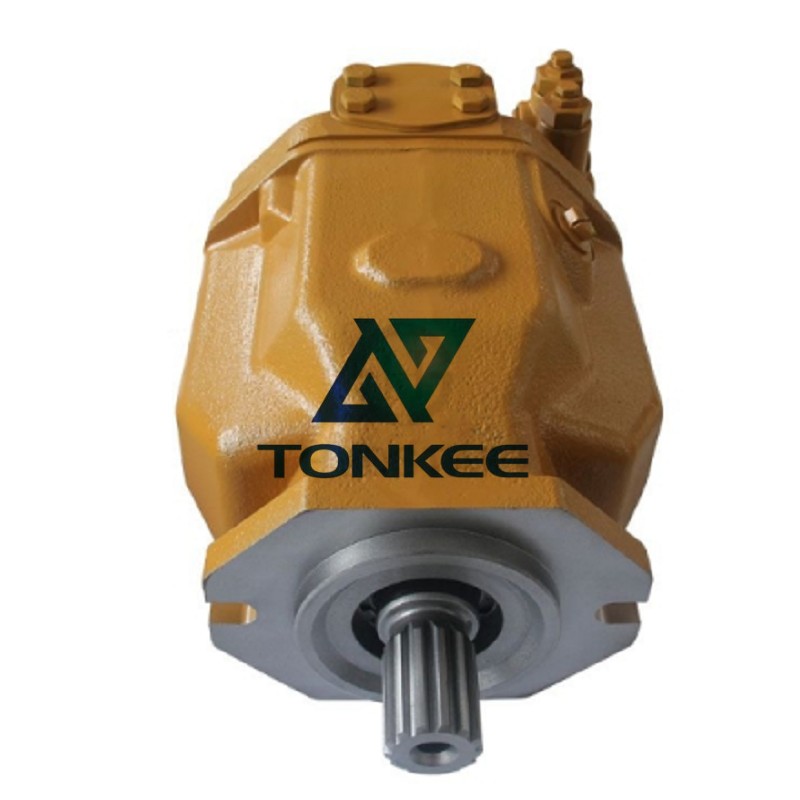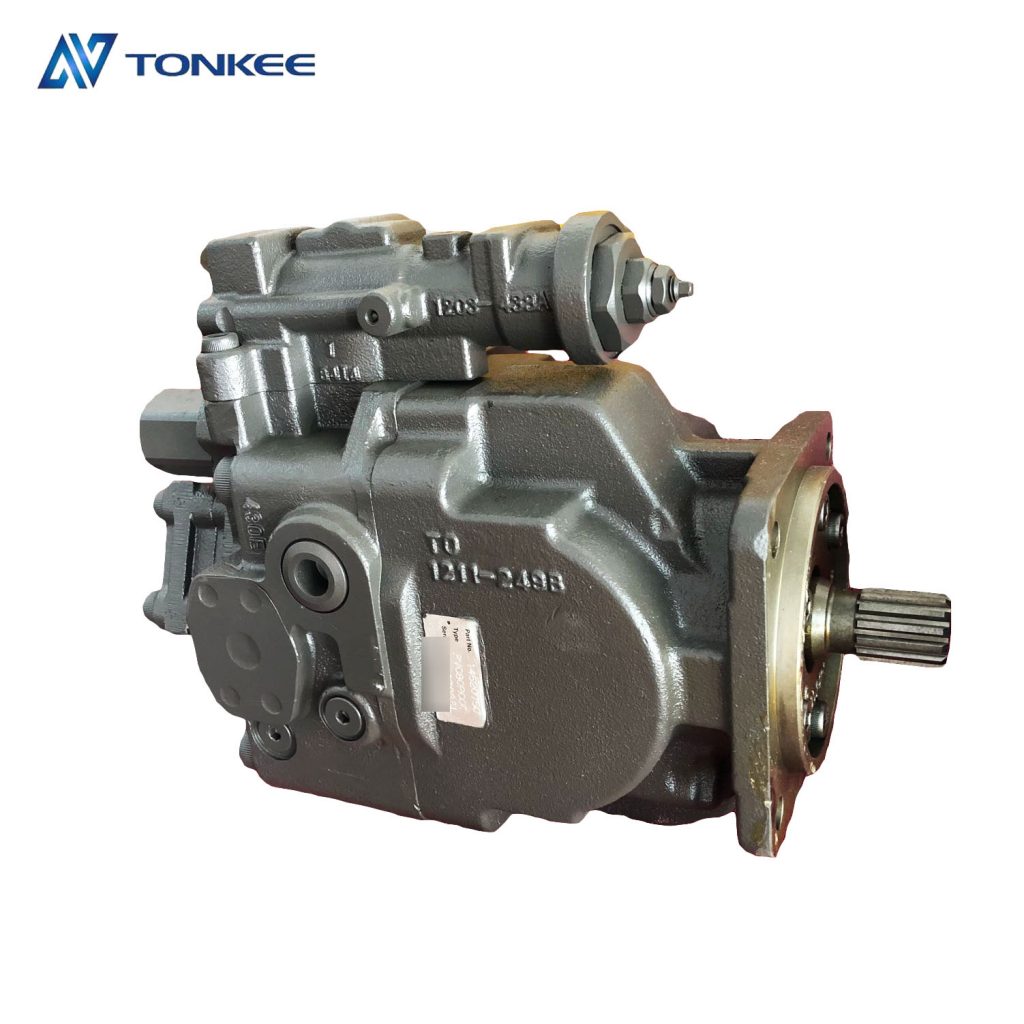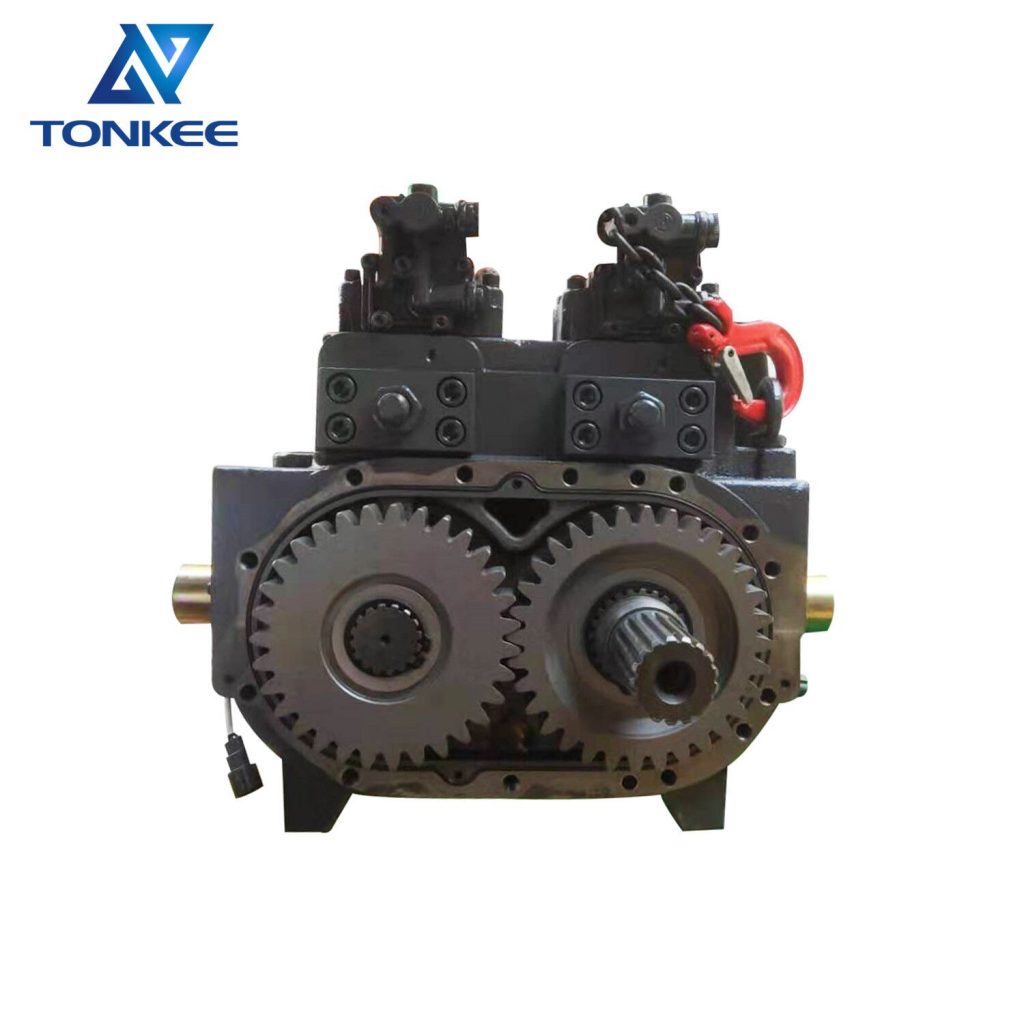
Piston pumps are typically made of durable materials such as cast iron, stainless steel, or aluminum, depending on the intended application.
The primary components include a cylinder, piston, suction and discharge valves, and a power source (often an electric motor or internal combustion engine).
Operating Principle:
Piston pumps work on the positive displacement principle, meaning they displace a fixed amount of fluid with each stroke of the piston. The piston moves back and forth within the cylinder, creating a suction and discharge cycle.
Types of Piston Pumps:
There are various types of piston pumps, including axial piston pumps, radial piston pumps, and swashplate piston pumps. The choice of pump type depends on factors such as flow rate, pressure requirements, and efficiency.
Flow Rate and Pressure:
Piston pumps are capable of delivering high pressures and are often used in applications where precise control of pressure is crucial. They can generate flow rates ranging from a few liters per minute to several hundred liters per minute, depending on the pump size and design.
Piston pumps are known for their high efficiency, making them suitable for applications where energy conservation is a priority.
Their positive displacement nature ensures that they maintain consistent flow rates even under varying loads.
Suction and Discharge Valves:
Piston pumps incorporate suction and discharge valves to control the flow of fluid. These valves ensure one-way fluid movement, preventing backflow and ensuring efficient pumping.
Seal Options:
Piston pumps come with various sealing options, including packing seals, mechanical seals, and O-ring seals. The choice of seal depends on the type of fluid being pumped and the operating conditions.
Controllability:
Piston pumps offer excellent controllability, allowing precise adjustment of flow rates and pressure levels. This makes them suitable for applications such as hydraulic systems and manufacturing processes where precision is essential.



 English
English Русский язык
Русский язык





